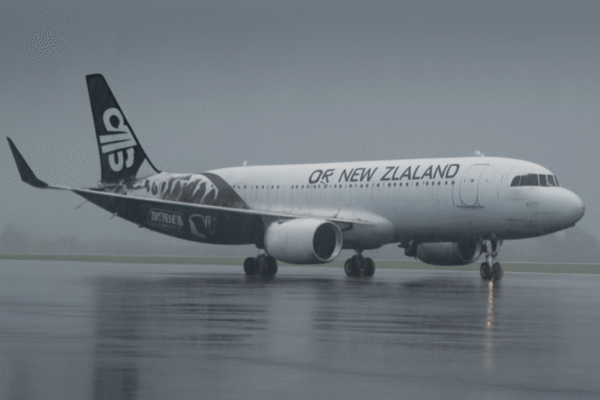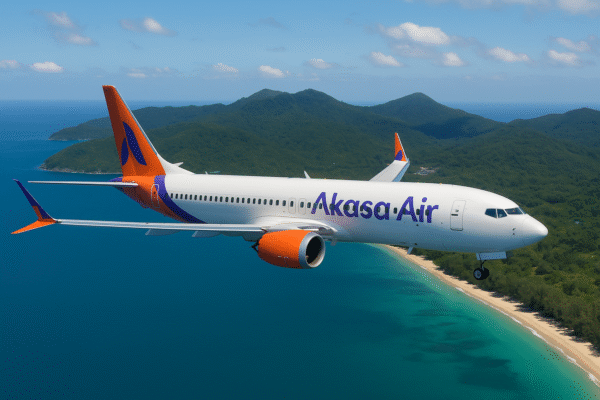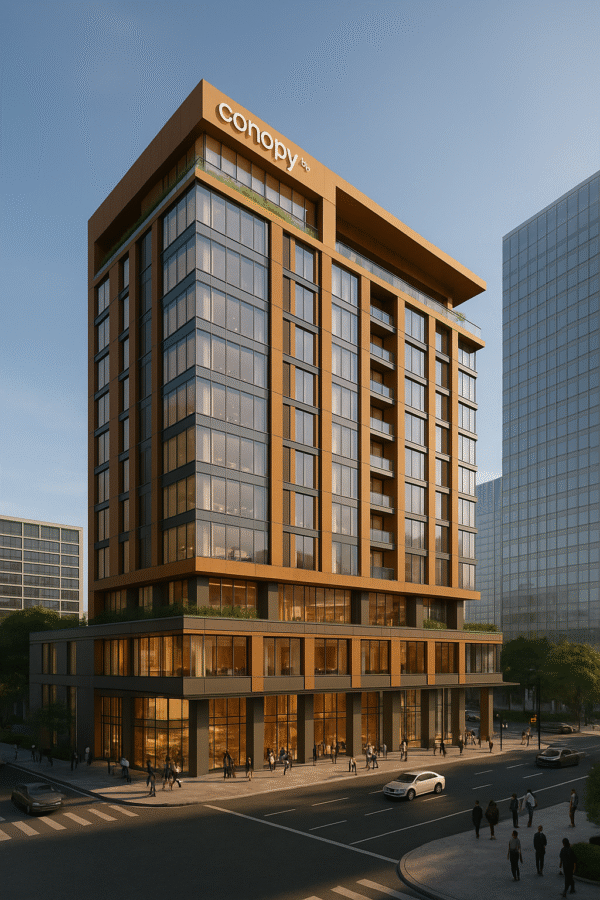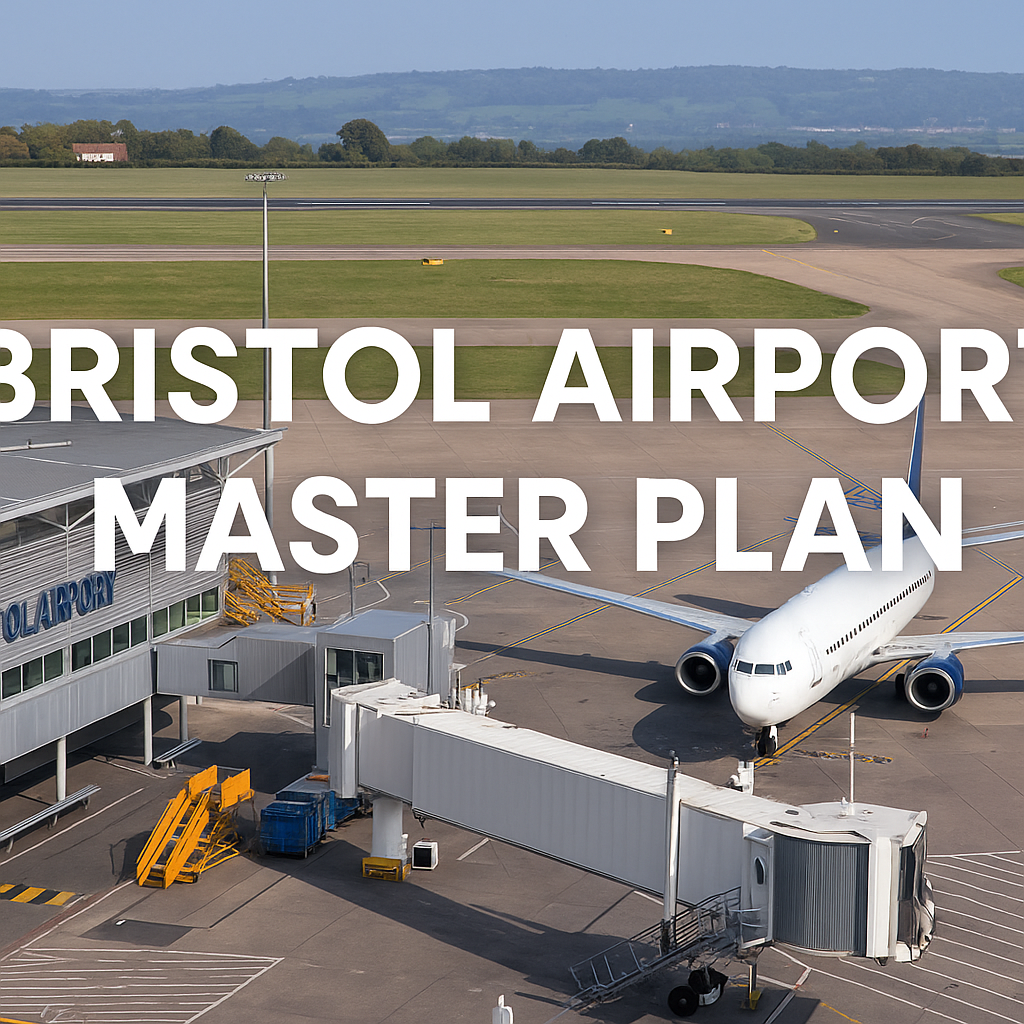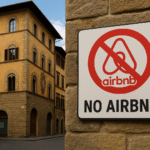Bristol Airport has announced its long-term 2040 Master Plan, aimed at expanding its capacity to accommodate 15 million passengers annually by 2036. The strategy includes major developments in terminal infrastructure, runway upgrades, sustainability commitments, and economic contributions to South West England. As one of the fastest-growing regional airports in the UK, Bristol Airport is taking bold steps to ensure it meets future travel demand while balancing growth with environmental and community responsibilities.
With this expansion, Bristol aims to solidify its status as a primary aviation hub outside London, catering to growing international and domestic travel needs while reinforcing its role in the regional economy.
Terminal Expansion to Enhance Passenger Experience
A central feature of the 2040 Master Plan is the 70% expansion of terminal facilities, designed to improve capacity, streamline passenger flow, and elevate the travel experience. The proposed developments include:
- Enhanced check-in zones and security screening areas
- Expanded baggage claim and customs facilities
- New premium lounges, dining outlets, and retail experiences
The increased terminal space will reduce bottlenecks during peak travel times, ensuring smoother operations and improved service for both business and leisure travelers. The focus is not only on capacity but also on quality, comfort, and operational efficiency.
Runway Extension Opens Global Connectivity
The plan also includes the extension of Bristol Airport’s runway by 150 meters, a critical step toward enabling long-haul flights. This expansion will allow the airport to:
- Accommodate larger wide-body aircraft
- Launch direct routes to North America, the Middle East, and other high-demand destinations
- Improve taxiways and aircraft parking bays to streamline ground operations
Currently underserved markets, such as the U.S. East Coast and Gulf States, will be more accessible for travelers in the South West, reducing reliance on London’s airports.
Sustainability: Net-Zero Emissions by 2030
A key pillar of the 2040 strategy is sustainability. Bristol Airport has pledged to achieve net-zero carbon emissions across its operations by 2030, well ahead of the UK’s national target of 2050. This bold environmental commitment will be achieved through:
- Investments in energy-efficient infrastructure
- The use of sustainable aviation fuel (SAF)
- Onsite renewable energy production
- Noise reduction and carbon offsetting initiatives
The airport also plans to support airlines in adopting cleaner aircraft technologies and will integrate low-emission ground transport systems to further reduce its carbon footprint.
Boosting Regional Connectivity and Economic Development
Bristol’s expansion will improve connectivity across the South West, making the airport more accessible for residents of Somerset, Gloucestershire, Wiltshire, and beyond. Currently, over 10 million passengers travel from the region to London airports. By offering a more convenient alternative with direct international routes, Bristol aims to retain a larger share of outbound travelers.
The airport forecasts that the expansion will inject £3 billion in Gross Value Added (GVA) into the local economy and create over 1,000 new jobs across aviation, customer service, hospitality, retail, and logistics. Communities in Weston-super-Mare, South Bristol, and North Somerset are expected to benefit significantly from the employment and infrastructure improvements.
Public Consultation and Community Engagement
The development of the 2040 Master Plan was informed by an extensive 10-week public consultation, during which more than 2,300 residents and stakeholders shared feedback. As a result, several adjustments were made to address community concerns, particularly regarding:
- Night-time noise pollution
- Traffic congestion on local roads
- Environmental impact on surrounding greenbelt areas
The airport is working closely with North Somerset Council and regional transport authorities to upgrade local roadways and public transport links, making it easier for passengers to access the airport without increasing car dependency.
Planning Application and Construction Timeline
The planning application for the terminal and runway expansion is expected to be submitted to North Somerset Council later this year. Pending approval, construction could begin in phases from 2026 onward, with completion timelines aligning with the projected passenger growth through 2036.
These phased developments are designed to ensure minimal disruption to existing operations while progressively increasing capacity and efficiency.
A Model for Sustainable Regional Airport Growth
Bristol Airport’s 2040 Master Plan is being closely watched by other UK regional airports. Its comprehensive approach—combining infrastructure growth, environmental stewardship, and local economic development—could serve as a blueprint for sustainable airport expansion.
While challenges remain, particularly with environmental advocacy groups raising concerns about emissions and overdevelopment, the airport has responded by making sustainability a non-negotiable priority, setting ambitious targets and maintaining transparency with the public.
Conclusion: Bristol Airport Charts a Bold, Balanced Path Forward
Bristol Airport’s latest expansion plan reflects a forward-thinking vision for regional aviation in the UK. With clear targets to grow passenger capacity, launch international routes, and lead in sustainable aviation, the airport is poised to become a model for regional transport hubs nationwide.
By focusing on infrastructure investment, economic impact, and climate-conscious development, the airport is ensuring that its growth supports both passengers and the planet. If successfully executed, the Bristol Airport 2040 Master Plan will transform travel across the South West and help the UK aviation sector meet the future with confidence.
For more travel news like this, keep reading Global Travel Wire







